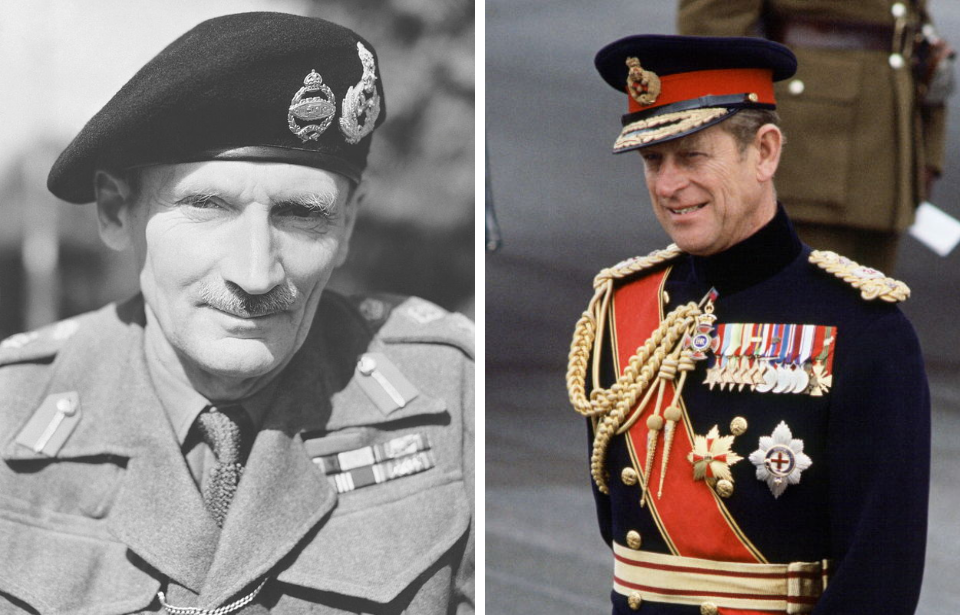Field marshal is the most senior military rank that can be awarded to an individual. Although this varies across countries, it is generally the highest rank that can be achieved and is considered to be a five-star rank. In order to receive this prestigious position, usually a general must have accomplished a fantastic feat during wartime—although, this isn’t always the case.
In some countries, such as Spain and Mexico, it was once used to denote divisional command, while in Portugal and Brazil it was used to denote brigade command. This rank, certainly, is highly prestigious and therefore it is only logical that it would have been held by some extremely well-known individuals throughout history. These are seven of the most famous, including a few that one could say aren’t famous for the right reasons.
Bernard Montgomery
Field Marshal Bernard Montgomery is perhaps the most famous of the more modern senior-ranking British officers. “Monty,” as he was nicknamed, served in the First World War, and the Irish War of Independence, but unequivocally earned his fame during his service in the Second World War. He led the Allies in North Africa against Erwin Rommel, as well as led both British and Canadian forces during the landings in Italy and Normandy.
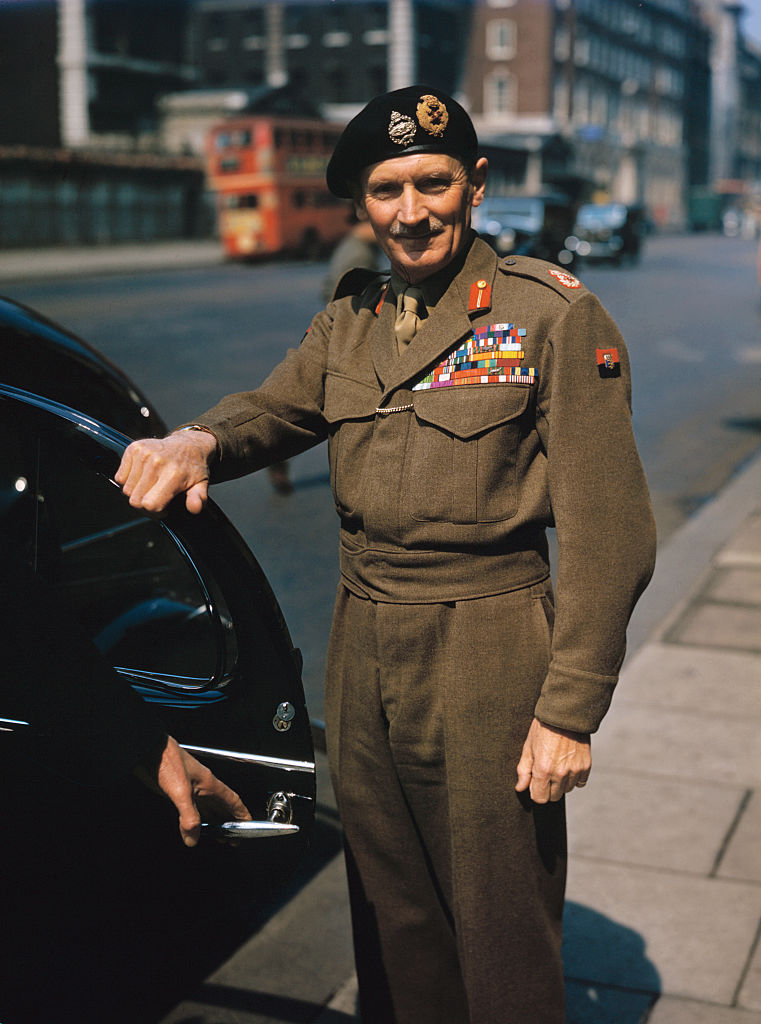
It wasn’t until September 1, 1944 that Montgomery was given the position of field marshal. Although he accomplished many impressive feats in battle, this wasn’t why he was promoted. Rather, the growing number of American forces prompted General Eisenhower to be made Ground Forces Commander, a purely political move. As was Montgomery’s promotion, given by Winston Churchill in an effort to compensate him for no longer holding the position.
In North Africa, he helped win the first major land victory for the Allies with the Second Battle of El Alamein in 1942 and was instrumental in the Allied landings in Sicily and Italy. During D-Day, after being made a field marshal, Montgomery was put in charge of all the ground forces defeating many Germans in the process. After some setbacks, he oversaw the crossing of the Rhine, eventually accepting German surrender in Denmark, northern Germany, and the Netherlands.
Johannes Erwin Eugen Rommel
Perhaps one of the most notorious and well-known field marshals, Erwin Rommel served in the North African theater of the Second World War leading the Axis troops. As with many of the high-ranking officers of the Second World War, Rommel had previously served in the First World War where he was already a highly decorated officer. When war broke out again, he first commanded the 7th Panzer Division during the invasion of France.
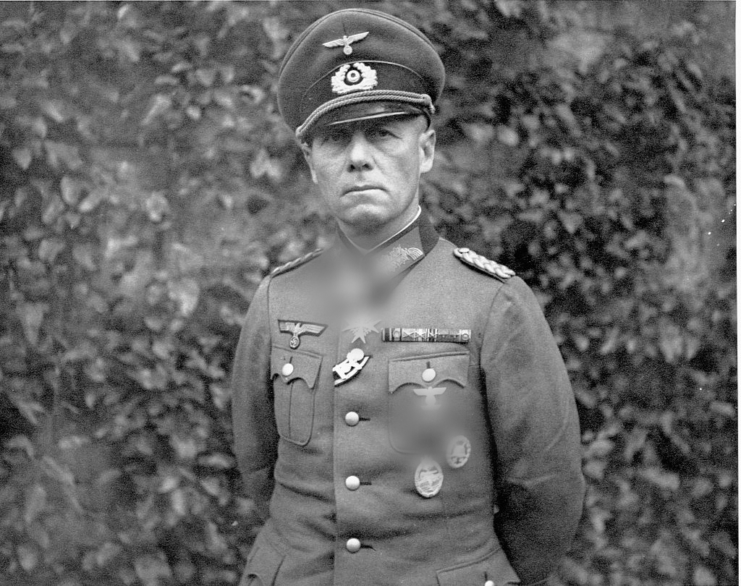
He was soon transferred to North Africa where he earned a fierce reputation as a tank commander, and then earned himself a promotion to the position of field marshal fairly soon after. It was during this campaign that he earned the nickname “the Desert Fox.” Although he was considered the enemy, the British knew him to be particularly chivalrous, and he would often praise them for their actions if they out-maneuvered his forces.
Fritz Erich Georg Eduard von Manstein
Having served in the First World War, Erich von Manstein was considered to be a strong strategist when he rose through the German military ranks in the Second World War. In fact, it was his plan that was selected for the invasion of France in 1940. His main role in the war, however, was in the invasion of the Soviet Union beginning in June 1941.
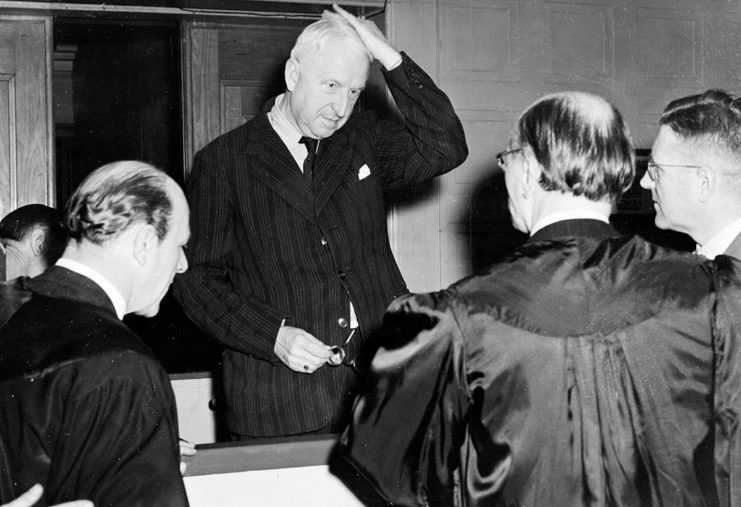
von Manstein was promoted to field marshal on July 1, 1942, following the siege of Sevastopol and the Battle of the Kerch Peninsula. He had a number of failed efforts in the Soviet Union but saw success during the Battle of Kursk in 1943. While he was commanding his troops, however, he had constant disagreements with German leadership about how to wage the war.
Eventually, this led to his being dismissed in 1944, never to obtain another command position. A few months after the European theater of the war came to a close, Field Marshal von Manstein was arrested by the British and tried for war crimes. He was convicted on nine accounts, serving only four years of an 18-year prison term, released in 1953.
Philippe Pétain
Unlike the United Kingdom and Germany, France does not explicitly have the rank of field marshal in their armed forces. Instead, they have Marshal of France who would hold the same, highest-ranking position. Another difference is that they are voted on by the French parliament. This prevents all the power of promotion being in the hands of a single person, but it also means that the position can’t actually be taken away.
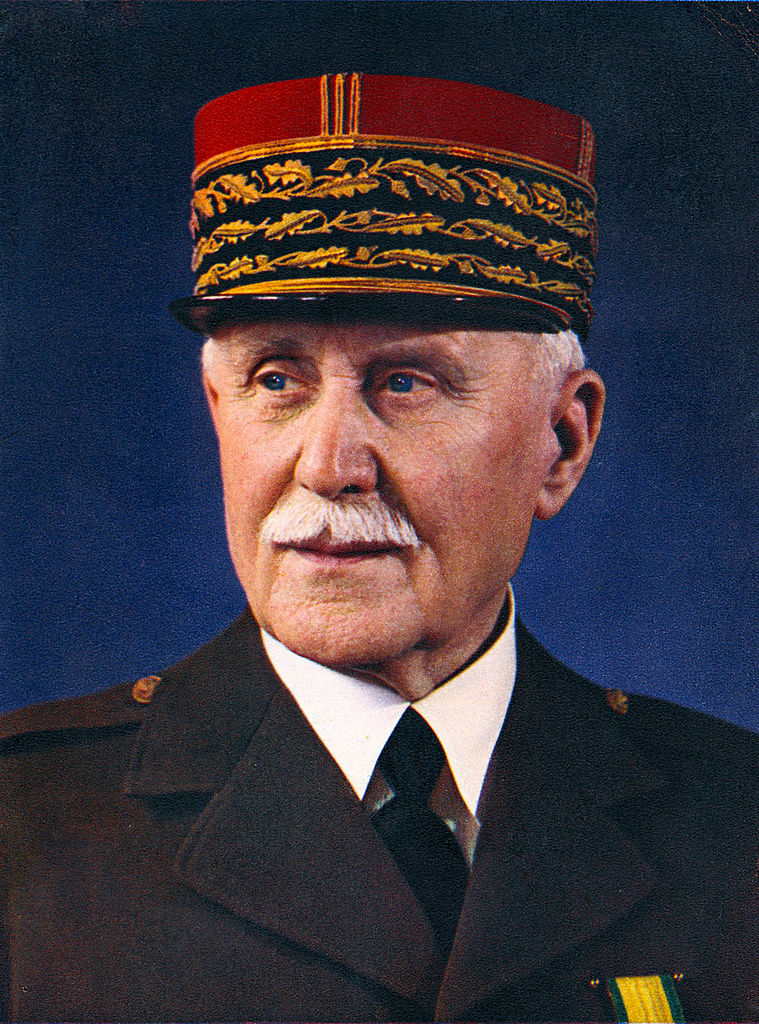
This is what happened in the case of Philippe Pétain, now best known for his collaboration with Germany in Vichy, France throughout the Second World War. He was made Marshal of France for his impressive military endeavors as a general of the First World War. By 1945, he was no longer viewed favorably by the French people due to his collaborations, yet no one could take his position. He did have all his other titles taken from him at the end of the war, bar this one.
Mohammad Ayub Khan
Unlike the United Kingdom and Germany which have had many field marshals throughout their history, Pakistan has had only one. Following the Indo-Pakistani War of 1965—in which he fought—Ayub Khan elevated himself to the rank of field marshal. He was both the country’s second Pakistani President as well as the Army Chief General, although he retired from active service in 1958.
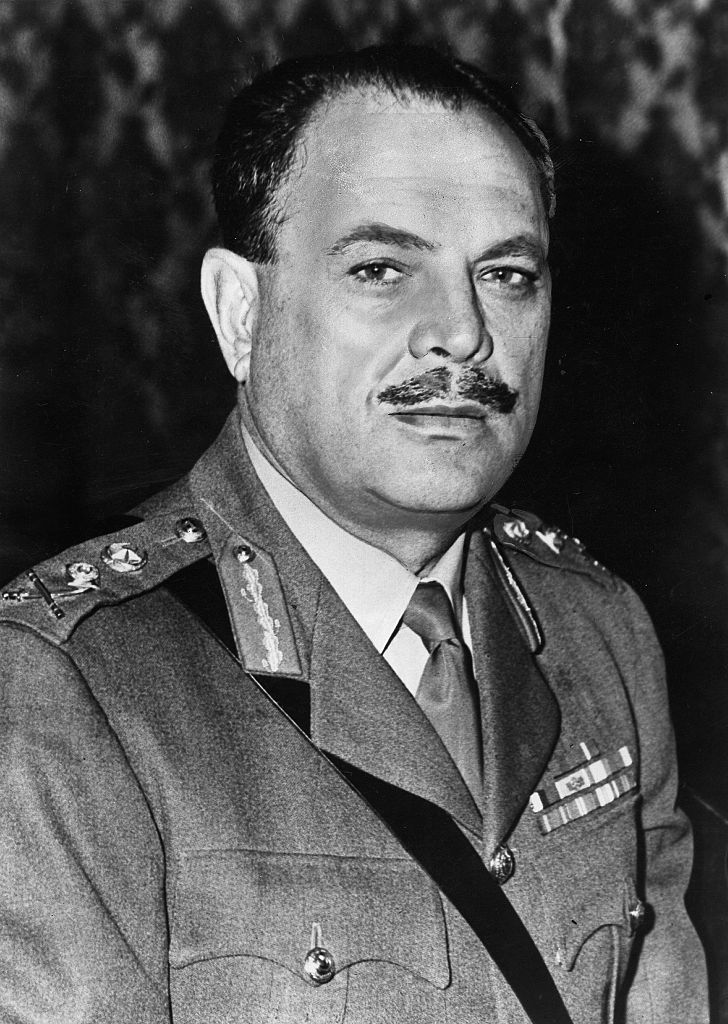
This makes his new status even stranger, as it wasn’t until 1959 that he promoted himself. According to the Dawn newspaper, “General Mohammad Ayub Khan was conferred the rank of Field Marshal by the presidential cabinet…this rank will serve to demonstrate to the world in a humble way the high esteem in which [Ayub] is held by his people and how grateful the nation is to its saviour.”
HRH Prince Philip
His Royal Highness Prince Philip, Duke of Edinburgh and husband of the late Queen Elizabeth II served in the Second World War but this was not the reason why he was made a field marshal. When the war first began, he had already begun a Naval career, attending Britannia Royal Naval College in Dartmouth.
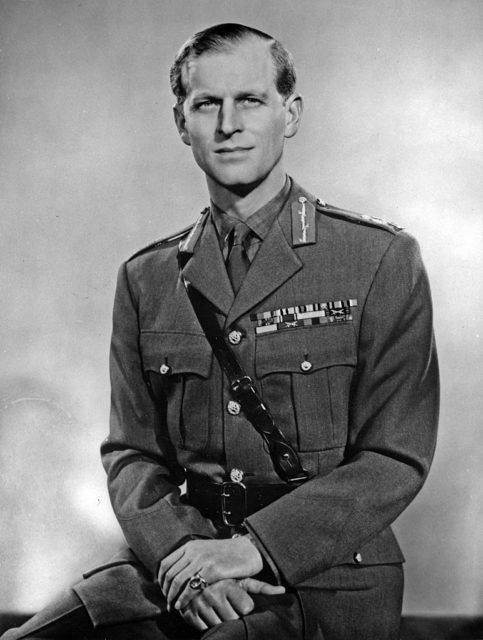
It was there that he met his future wife. He went on to serve with the Navy throughout the war. In 1940 he served on a ship stationed in the Indian Ocean, and then to Alexandria in 1941. It wasn’t long before he was promoted to first lieutenant, the rank he retained when the war ended and he would return home to marry Elizabeth in 1947.
When his wife ascended the throne in 1952, Philip was given numerous military positions, including field marshal in the United Kingdom, as well as in New Zealand and Australia. While he is undoubtedly one of the most famous field marshals throughout history due to his position as husband to Queen Elizabeth, he didn’t earn the position through battle prowess.
George Marshall
George Marshall is another special case as he, technically, isn’t a field marshal at all. As with France, the United States doesn’t have the position in their armed forces. During the Second World War, however, they did create their own equivalent, realizing that they didn’t have any position similar to that of other countries. On December 14, 1944, US Congress voted to create the rank of “General of the Army.” As with the Marshal of France, it is an equivalent position in rank to field marshal.
Not long after it was created, General George Marshall was promoted, making him the first five-star American general, although William Leahy was the first American to make a five-star rank after being made fleet admiral only one day prior. Knowing that he would be the first one to be given this rank, it has been said that Congress didn’t want to adopt the term “Marshal” as he would have been addressed as “Marshal Marshall.”
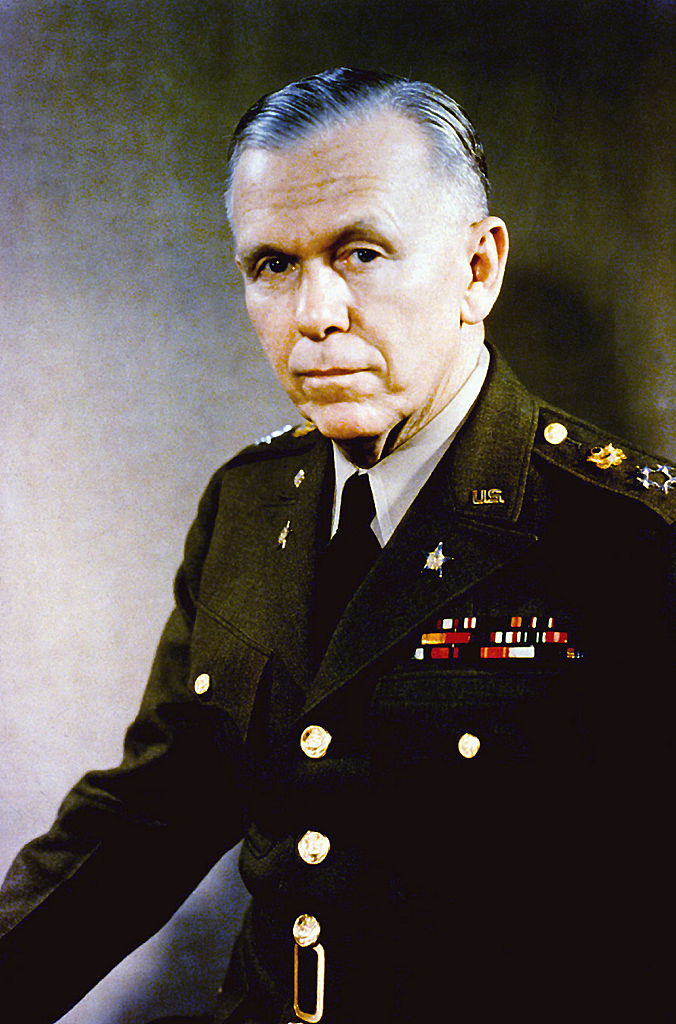
Marshall served as the Chief of Staff of the Army, coming up with much of the central strategy used by the Allies in Europe as well as organizing the quick-moving expansion of the American military. Churchill went so far as to deem Marshall the organizer of the Allied victory in the war due to his work on coordinating Allied operations in all theaters of the war.
